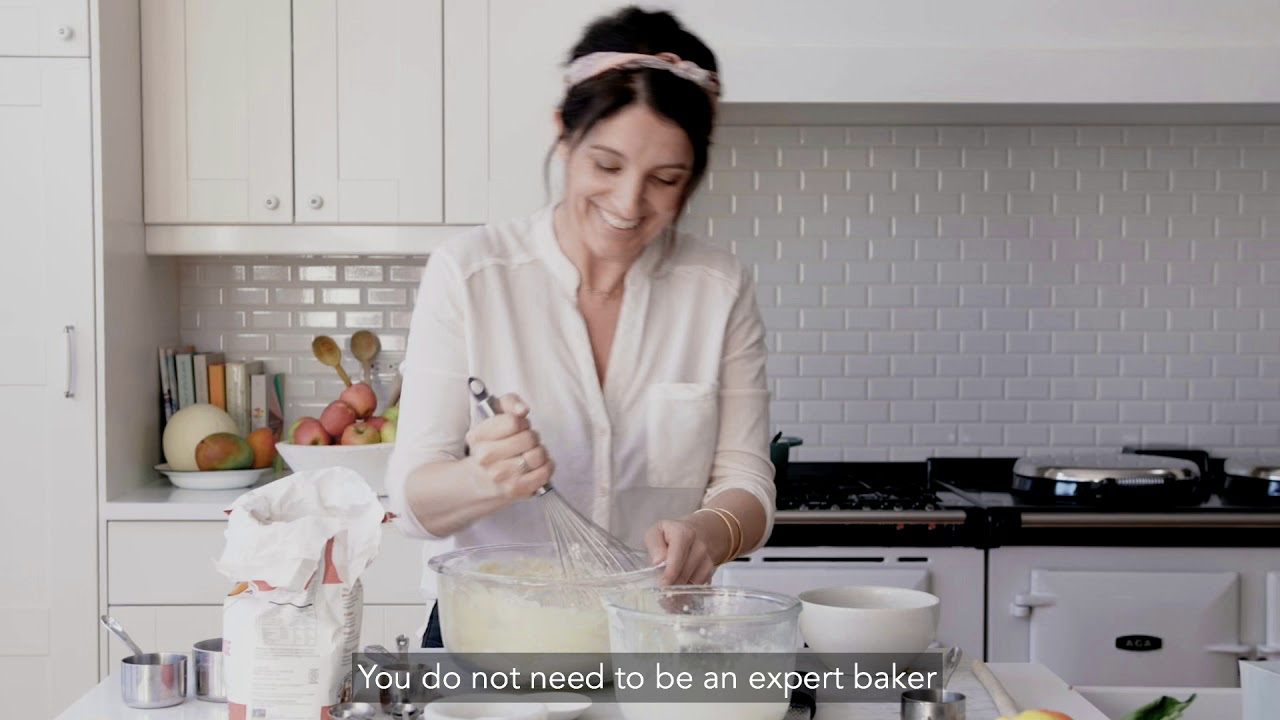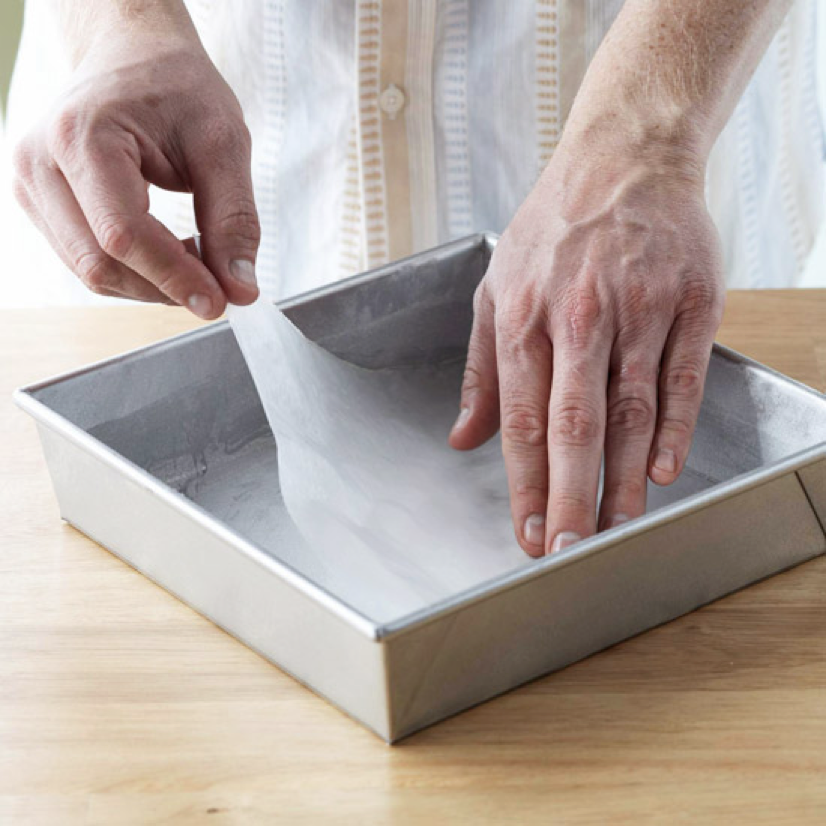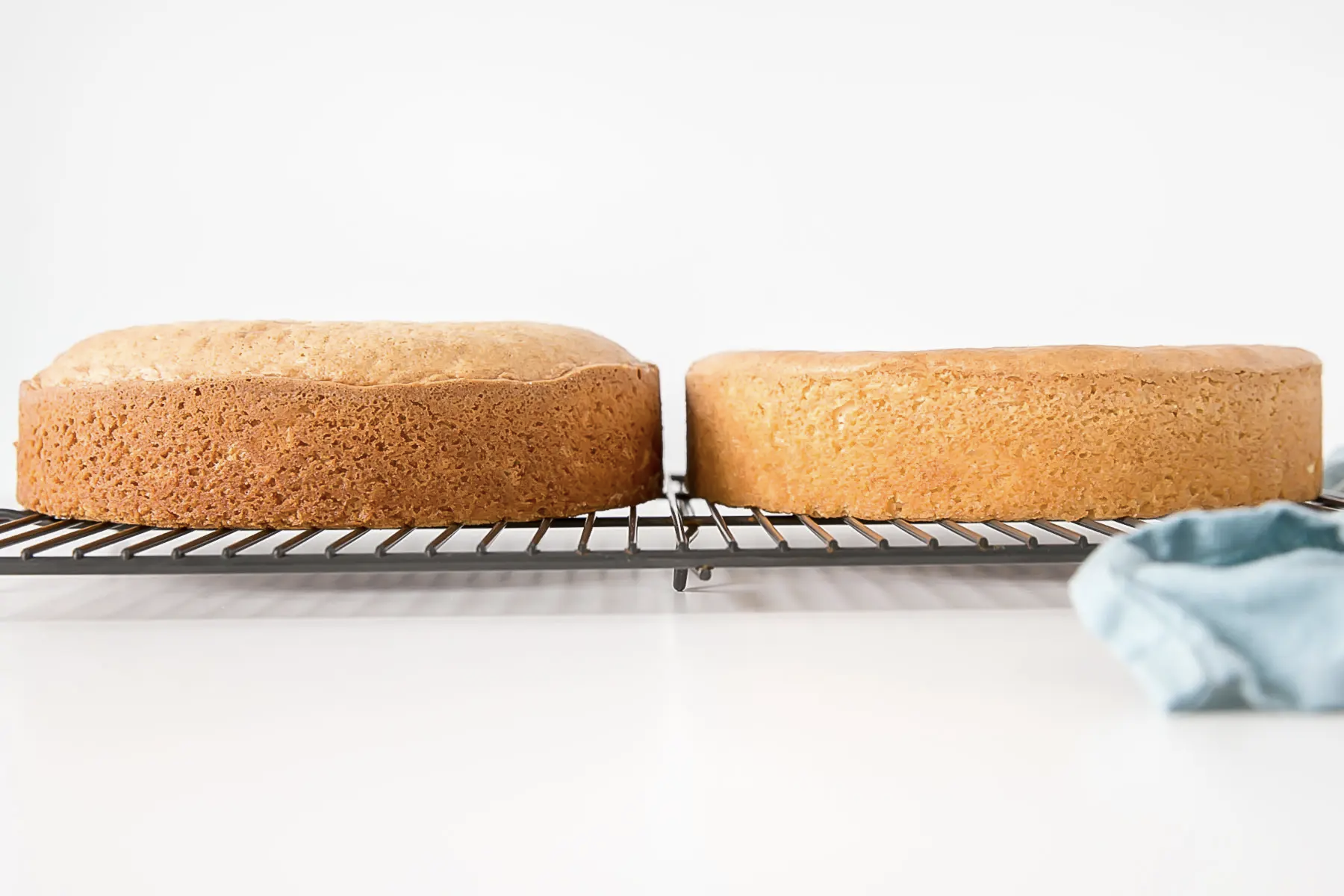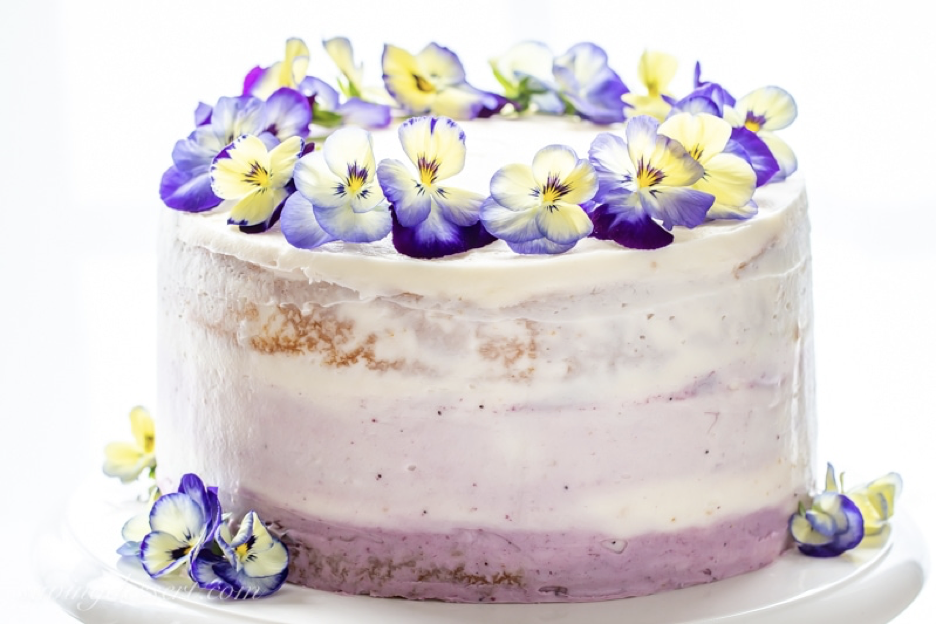That Dreaded Stuck Cake
Count on Martha Stewart to have lots of things to say about lots of things. And more often than not, she’s spot on. For instance, my latest newsletter from her addresses one of every baker’s nightmares—the dreaded stuck cake. She explains how to prevent this disappointing situation and what to do when you find yourself, well, stuck.

So picture this: You've mixed the ultimate vanilla cake batter or a fudgy, decadent devil's food cake, poured it into the cake pan, slid said pan onto the oven rack, and set the timer. When the cake is baked and has cooled a little, it's time to release it from the cake pan. You flip the cake pan over onto a platter or cake stand and expect the cake to slide out seamlessly but it doesn't budge. Maybe you give it a pat or two to try to encourage it to fall gracefully, but it still resists.
Who hasn’t wondered why this annoyance happens in the first place? Well, according to Martha, greasing the pan is at the heart of the issue. She says in order to prevent a cake from sticking to a pan, properly and thoroughly greasing the pan is the first step—always. To quote a popular cookbook author and famous baker, Odette Williams, “Never fail to grease and line your pans—this is your no-fail insurance policy.”

Although there are so many different nonstick options on the market—from round Silpat cake liners ($15.65, amazon.com) to baking spray, Williams prefers the old-fashioned method of using parchment paper and butter. She starts by greasing the pan with butter and then cuts a piece of parchment that is slightly smaller than the size of the pan you're baking with.
Place the parchment inside the greased pan and tuck it in so that it is flush with the bottom of the cake pan. With this so-called insurance policy in place, Williams is confident that you should never experience a cake sticking to a pan again.

However, for a Bundt cake pan, Martha’s food editors recommend first generously greasing it with softened butter and then adding an even coating of flour. BUT, here’s my own thought on the flour step. My chef-son, Paul, said that’s counter-productive, because a coating of greasy flour doesn’t taste or look good. He suggests you substitute a thick coating of sugar for the flour. He’s right…the sugar adds a tasty crispy outer coating that looks nice and does a good job of protecting against the cake sticking.
Martha goes on to say that after you’ve thoroughly prepped your pan, you want to be sure to let the cake completely cool after removing it from the oven. If it still feels warm to the touch, it will be more susceptible to breaking while you are flipping it onto a stand or platter. Know that it can take up to an hour to fully cool, so be patient.

Prevention is always good, but we still need to know what you do when your cake sticks? We all instinctively know to run a knife around between the cake and the cake pan. This can take some time if you’re dealing with a Bundt cake. Author and cake-baker, Williams, says "Once you go to invert the cake, make the distance from the pan to stand as short as possible to avoid breakage."
And be sure to keep a large spatula nearby when removing your cake from its pan. If it breaks as you're transferring it, stop moving it and grab the spatula to help gently lift the cake. If it still shows signs of breakage, your best friend then becomes a fluffy buttercream frosting. It does a fine job of sealing and concealing cracks. Then get tricky and garnish it with fresh edible flowers to make your rescue job look intentional.

Finally, let’s address the angel food cake. This cake calls for a caveat to the thoroughly grease your pan advice. You never want to grease an angel food cake pan. Since whipped egg whites are the only rising ingredients, the cake will fall from the greased pan.
And here’s a little angel food cake footnote in closing: If you live in a high-elevation locale, know this cake will not rise as high as it does at lower elevations. I couldn’t find one expert baker who had a solution for this. All the pros I researched said there just isn’t anything that can be done about it. (So maybe you readers in Denver might opt out of angel food cake-making.)
blog comments powered by Disqus

So picture this: You've mixed the ultimate vanilla cake batter or a fudgy, decadent devil's food cake, poured it into the cake pan, slid said pan onto the oven rack, and set the timer. When the cake is baked and has cooled a little, it's time to release it from the cake pan. You flip the cake pan over onto a platter or cake stand and expect the cake to slide out seamlessly but it doesn't budge. Maybe you give it a pat or two to try to encourage it to fall gracefully, but it still resists.
Who hasn’t wondered why this annoyance happens in the first place? Well, according to Martha, greasing the pan is at the heart of the issue. She says in order to prevent a cake from sticking to a pan, properly and thoroughly greasing the pan is the first step—always. To quote a popular cookbook author and famous baker, Odette Williams, “Never fail to grease and line your pans—this is your no-fail insurance policy.”

Although there are so many different nonstick options on the market—from round Silpat cake liners ($15.65, amazon.com) to baking spray, Williams prefers the old-fashioned method of using parchment paper and butter. She starts by greasing the pan with butter and then cuts a piece of parchment that is slightly smaller than the size of the pan you're baking with.
Place the parchment inside the greased pan and tuck it in so that it is flush with the bottom of the cake pan. With this so-called insurance policy in place, Williams is confident that you should never experience a cake sticking to a pan again.

However, for a Bundt cake pan, Martha’s food editors recommend first generously greasing it with softened butter and then adding an even coating of flour. BUT, here’s my own thought on the flour step. My chef-son, Paul, said that’s counter-productive, because a coating of greasy flour doesn’t taste or look good. He suggests you substitute a thick coating of sugar for the flour. He’s right…the sugar adds a tasty crispy outer coating that looks nice and does a good job of protecting against the cake sticking.
Martha goes on to say that after you’ve thoroughly prepped your pan, you want to be sure to let the cake completely cool after removing it from the oven. If it still feels warm to the touch, it will be more susceptible to breaking while you are flipping it onto a stand or platter. Know that it can take up to an hour to fully cool, so be patient.

Prevention is always good, but we still need to know what you do when your cake sticks? We all instinctively know to run a knife around between the cake and the cake pan. This can take some time if you’re dealing with a Bundt cake. Author and cake-baker, Williams, says "Once you go to invert the cake, make the distance from the pan to stand as short as possible to avoid breakage."
And be sure to keep a large spatula nearby when removing your cake from its pan. If it breaks as you're transferring it, stop moving it and grab the spatula to help gently lift the cake. If it still shows signs of breakage, your best friend then becomes a fluffy buttercream frosting. It does a fine job of sealing and concealing cracks. Then get tricky and garnish it with fresh edible flowers to make your rescue job look intentional.

Finally, let’s address the angel food cake. This cake calls for a caveat to the thoroughly grease your pan advice. You never want to grease an angel food cake pan. Since whipped egg whites are the only rising ingredients, the cake will fall from the greased pan.
And here’s a little angel food cake footnote in closing: If you live in a high-elevation locale, know this cake will not rise as high as it does at lower elevations. I couldn’t find one expert baker who had a solution for this. All the pros I researched said there just isn’t anything that can be done about it. (So maybe you readers in Denver might opt out of angel food cake-making.)
Sources:
- www.moresweetsplease.com
- www.odettewilliams.com
- www.bhg.com
- www.livforcake.com
- www.savingdessert.com
 Alice Osborne
Alice Osborne
Weekly Newsletter Contributor since 2006
Email the author! alice@dvo.com
